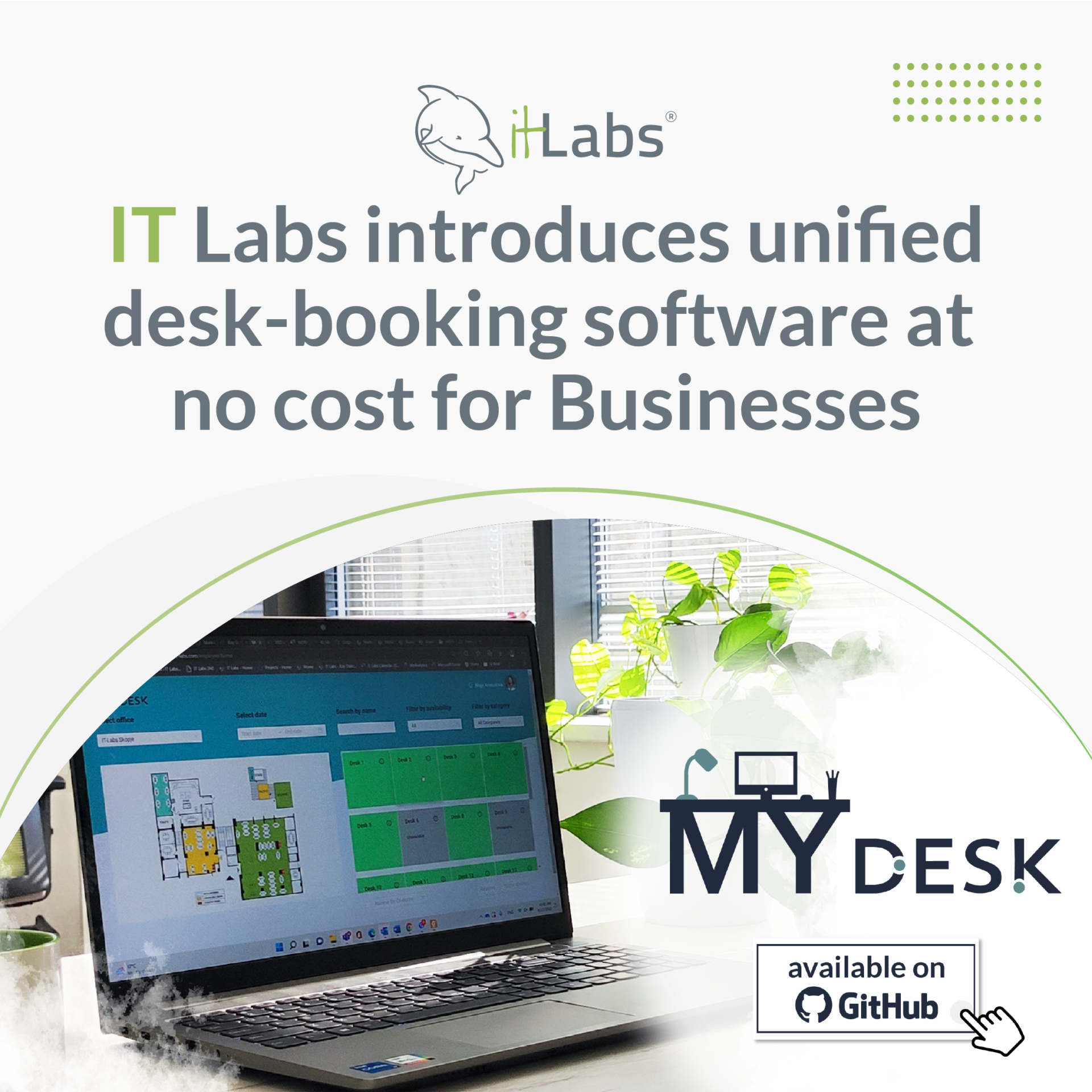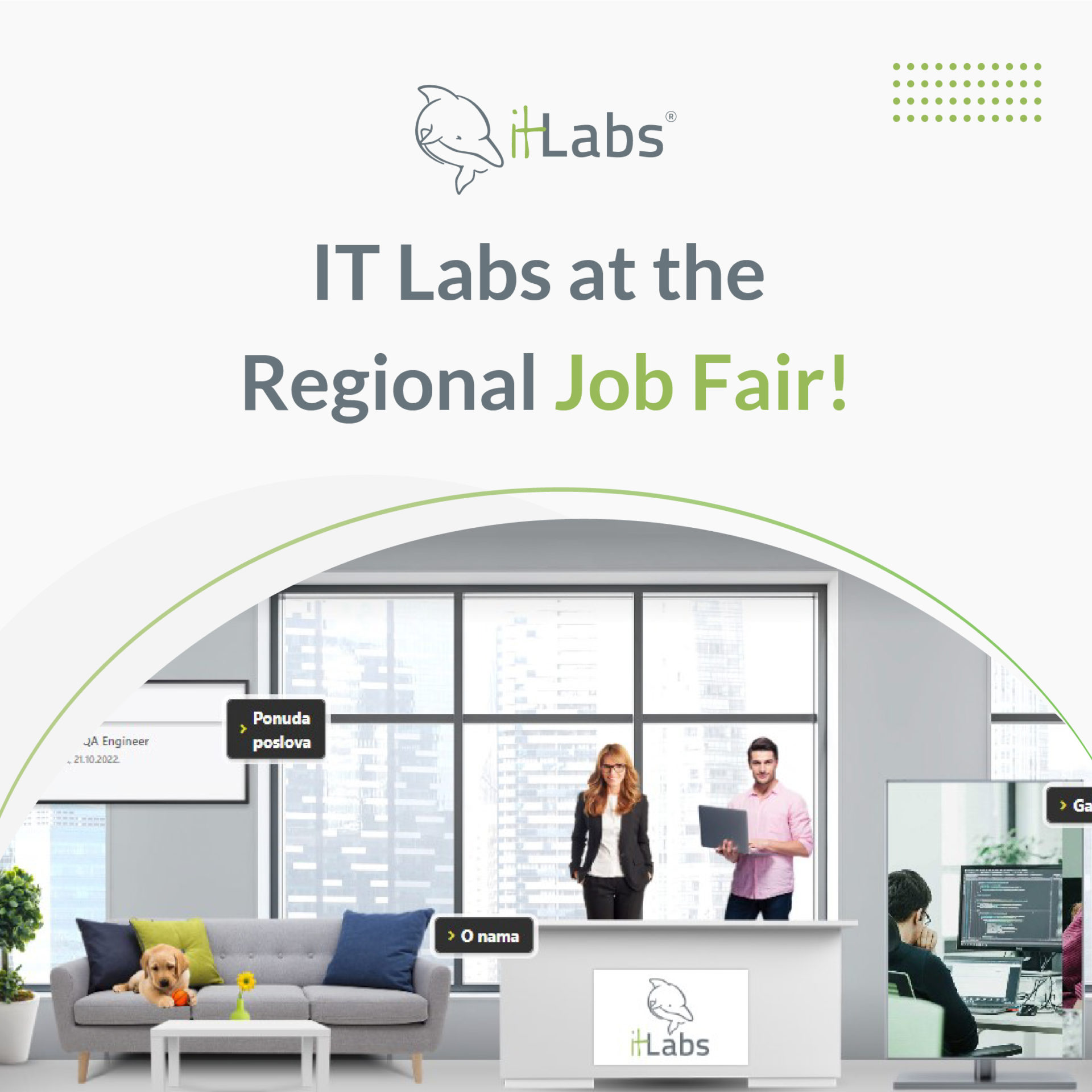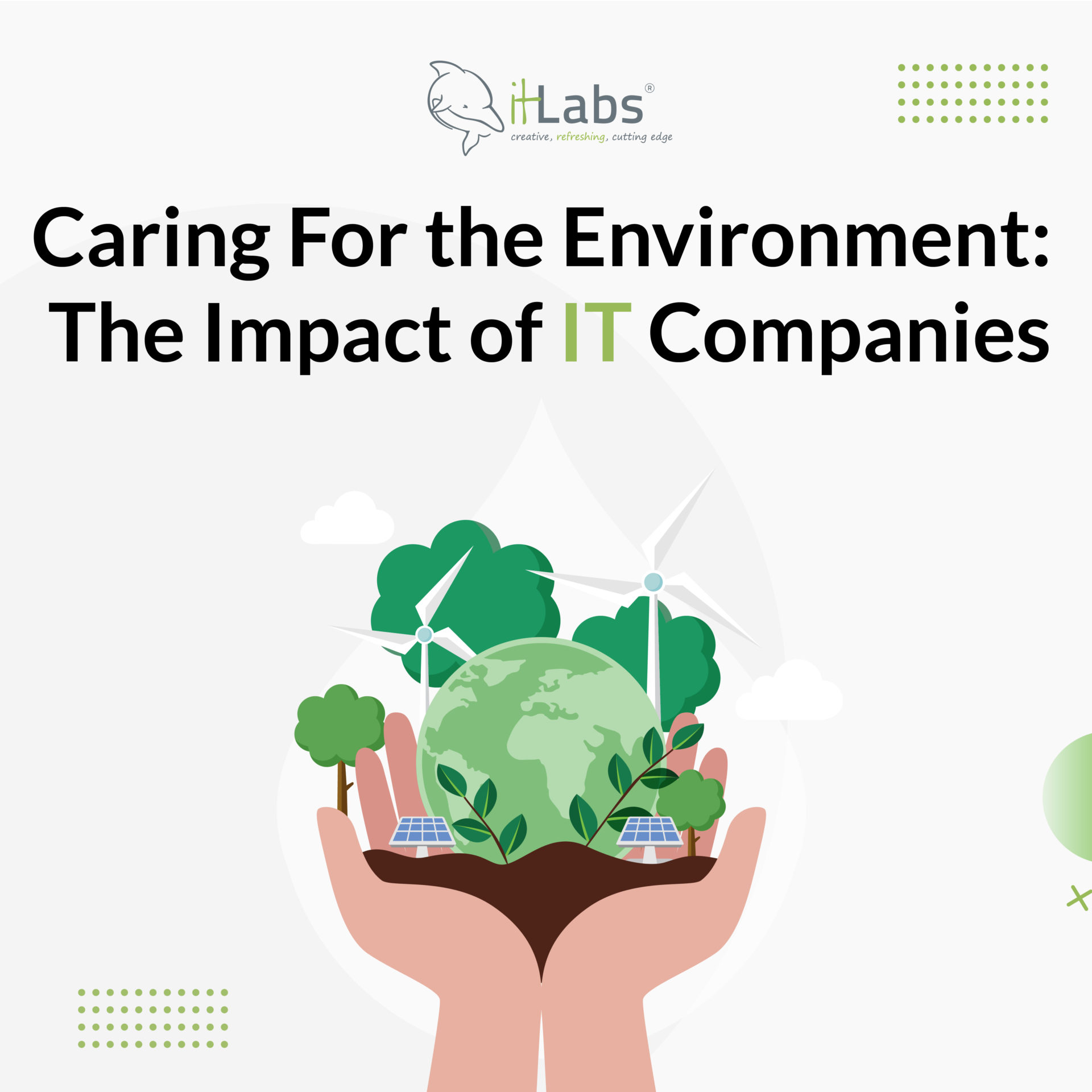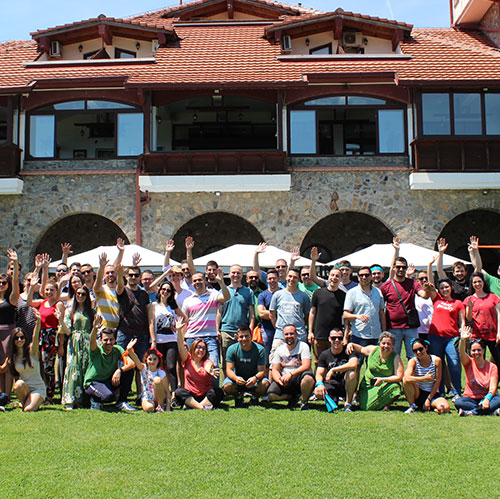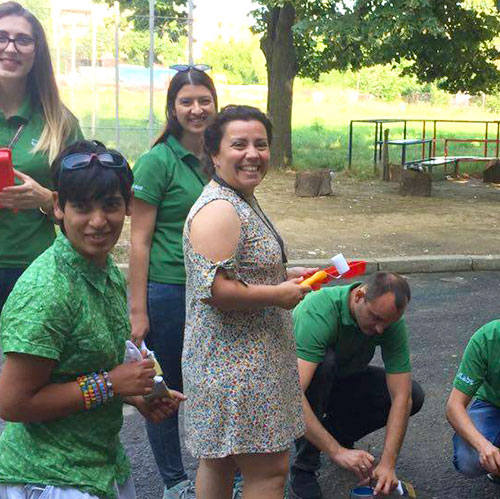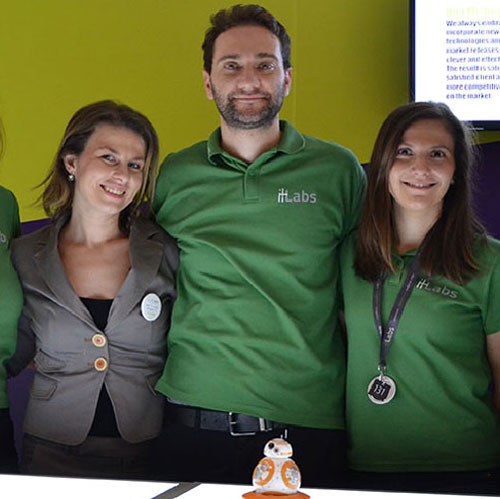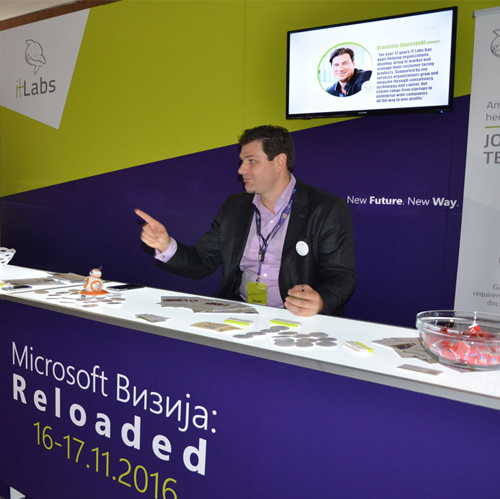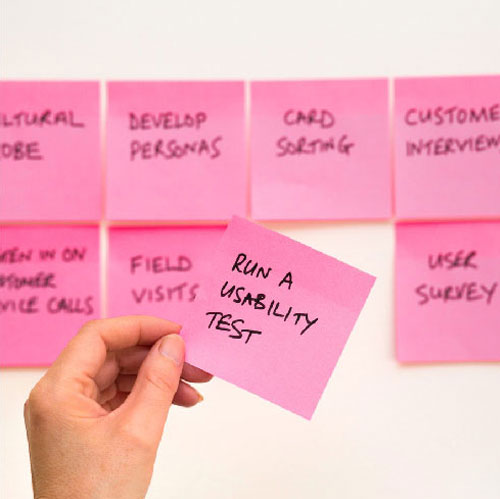Over the past three years, we’ve seen massive shifts in all aspects of our everyday lives, and while most of these shifts have been temporary, there’s one change that seems like it’s here to stay – remote and hybrid working.
What started out as a no-brainer move, is now a topic for hot debate – with opinions flying left and right, people waging a productivity-vs-happiness discussion (and almost a war), and quoting research old and new to state their point.
But is reality, black and white? Is this going to be the one thing where the data from research will create two opposing sides, and in the end, we’ll say “it depends”?
Let’s dive deep and look at the latest numbers and (try to) close this debate, or at the very least, create a credible checkpoint.
What's the Big Idea?
With the development of technology and the world becoming more connected, with more people gaining access to the internet and the modernization of existing internet infrastructure, working from literally any point around the globe has become a piece of cake.
A laptop and the password of the nearest Wi-Fi, or in some places, a USB stick connected to some network, is all you need to gain access to hundreds of thousands of jobs – full-time, part-time, freelance, contractor, consultant – you name it, there’s a job ad somewhere with that title.
Of course, some jobs cannot be turned remote (factories, restaurants, etc.), but the fastest growing markets and industries are the ones that offer it – tech, marketing, insurance, finance.
In the end, the debate is still flaming hot, and the first thing we need to do is take a look at the perception of remote vs hybrid, before we dive into the data.


The Perception
There are a lot of divided opinions and expectations when it comes to the hybrid and remote working models, but the reality is that they’re very similar in what they offer in terms of potential benefits and drawbacks.
The Pros
- Happier team members
- Increase in productivity
- Better work-life balance
The Cons
- Weaker communication among teams
- Lack of motivation
- Lacking in sense of belonging
The Data
There is one research by economist Nick Bloom regarding remote work in the tech sector, and the data has shown that hybrid/remote models:
- Made employees much happier (flexibility, mobility, easier to function)
- Changed the structure of working hours (people tend to interchange between personal and professional obligations during work hours, and if they don’t finish everything, they take some other hours from the weekend or make it up by working a bit more on other days)
- Team members started messaging more among each other (people tended to write to colleagues and other co-workers, rather than walk over to their booth/office and talk to them)
- Productivity went UP (based on 4 different measures: promotions, performance grades, self-assessment measures, and lines of code. Promotions and performance grades were “flat” but self-assessment went up, as did the number of lines of code laid on average (by 8%).
Regarding the company culture and the general sense of belonging and engagement that is expected among workers that go into the office, data has shown that while workers feel more disconnected and less aligned with the core values of their company, this “gap” can be closed by properly transitioning to the online/remote model, and finding suitable team-building activities and events.
Mitigating the potential negative outcomes (the cons above) of the hybrid/remote models are easily mitigated when the virtual/online engagement is appropriately done.
Why The Differentiation Between Hybrid and Remote Matters
The need for remote and hybrid jobs increased, but it seems that companies and businesses have chosen to implement these working models partially or with some conditions attached to them, and this has gone on to blur the lines between the two. When a company says remote, does that mean real remote, or is it like a hybrid?
This “blurring” of the lines went on, with adding conditions and making the working models use the terms’ remote’ and ‘hybrid’ and being neither while trying to be both. And this has been reflected in the opinion and experience of large segments of the workforce impacted by these.
The need for a clear distinction between the two models is not down to them overlapping – they’re not, but companies make it seem so. The endpoint is – these two models of working are beneficial not just for workers but for companies as well, but only when implemented with just one condition – let the employee choose.
How We Made It Work For Us
As we’re firm believers in the fact that IT Labs’ team members do their best work in an environment of their own choosing, we give each and every team member the freedom to choose how they want to spend their time – we call it True Remote.
Want to come to the office every day? Feel free to do so. Do you feel you do your best work at home, or do you want to work in non-office environments? Go ahead. A few days at home and maybe a few in the office? Works just as fine.
Conclusion
The world of remote and hybrid work is changing, and the wide variety of tools for following procedures and creating reports boost efficiency and information flow. Project managers and clients can follow the work being done and better understand the processes that are part of development.
So, in the end, the debate regarding hybrid and remote working has nothing to do with whether they’re good models – it’s whether companies can implement them properly and if they can have their team leaders and managers adapt their leadership/management styles. Everything else is pretty much figured out.
Of course, the benefits of face-to-face meetings and close working aren’t to be overlooked, but the bottom line is: give people the freedom of choice, and they’ll do the right thing for themselves, which in the end will be the right thing for your company.


